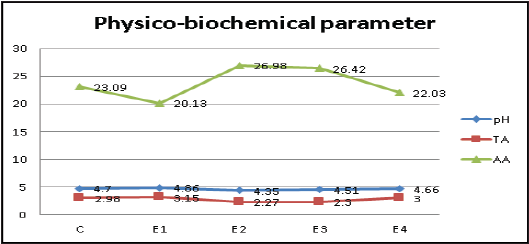Morphological and Physico-biochemical Characterization of Tomato Plant using Different Waste Vermicompost by Earthworm Eudrilus eugeniae
DOI:
https://doi.org/10.5530/ctbp.2024.4.42Keywords:
Paper mill waste, β-Carotene, Lycopene, Total chlorophyll, Total yieldAbstract
Vermicomposting is an environmentally friendly and cost-effective process for decomposing organic waste. Paper mill sludge waste (PW) and sugar mill press mud waste (SPW) are often indiscriminately discarded into the environment, causing health hazards and environmental pollution. Due to its high nitrogen content, this waste can be turned into organic fertilizer to reduce pollution and provide an inexpensive raw material for fertilizer production. Four compost mixtures (E1, E2, E3 and E4) were prepared in different proportions. PW and SPW with CD + PW + SPW cow manure control mix. After 90 days of composting, the nutritional composition of the compost was analyzed and the vermicompost obtained was applied to Solanum lycopersicum. The pH, N, P, K, C: N, and Total Organic Carbon (TOC) of the vermicompost were chemically analyzed. Randomly selected seedlings from each treatment were transplanted into pots, and various parameters such as Plant growth, leaf chlorophyll content, mineral concentrations, fruit characteristics, yield and fruit quality (including color, pH, ascorbic acid, titratable acidity and total solids) soluble) is evaluated. Most of the growth, yield, and quality indicators increased quite well compared to the control, but the difference between the treatments was not significant. In conclusion, vermicomposting of PW and SPW resulted in the production of high-quality organic fertilizer that can improve plant growth, yield, and quality. This can help reduce pollution and minimize the need for additional nitrogen sources, thereby reducing costs. The findings of this study suggest that vermicomposting can be a useful tool for sustainable waste management and agricultural practices.



